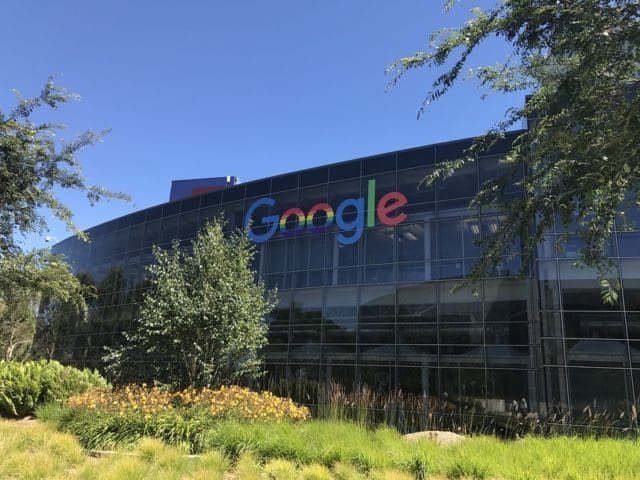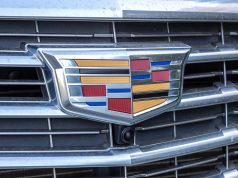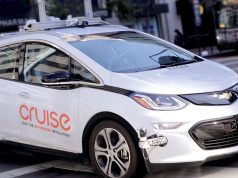The technology giant has acquired Senosis, a company known for its work in the area of mobile healthcare applications. According to media reports, Google has acquired Senosis, a Seattle-based startup in the United States that specializes in the development of medical applications whose features do not require any external device.
The company has already built solutions capable of detecting jaundice in newborns and measuring hemoglobin in the blood in order to miss diseases such as anemia. For this, the Senosis apps only use smartphone cameras and, unlike other technology solutions in the industry, do not require pairing with other devices.
Another solution developed by the company uses the telephone microphone to try to diagnose problems in the lungs, such as asthma or the rare condition of cystic fibrosis.
Senosis applications have not yet been approved by regulatory agencies, but, if they exist, can facilitate the introduction of medical tools in countries where health care is not easily accessible.
Note, however, that this is not Google’s debut in the healthcare arena. Through DeepMind, a subsidiary specialized in artificial intelligence, Mountain View technology has been developing solutions capable of detecting medical eye conditions as a way to prevent certain cases of blindness. In addition, there are also investments in the field of fitness.
In a separate news, Waymo, a subsidiary of Alphabet that operates in the field of autonomous driving, patented a system of tension elements that adjust the rigidity of a vehicle according to the risk of shock and the obstacle that crosses in its path.
According to a patent filed by Waymo, the company’s stand-alone vehicles may minimize the aftermath of a run-in due to a set of flexible linkages that would fit according to a possible crash. Should the car detect an imminent collision with another vehicle, these links would remain rigid to ensure passenger protection. On the other hand, if it were impossible to avoid the impact with a pawn, these components would be relieved, creating some slack and reducing impact resistance.
The document explains that the car would integrate elements capable of adjusting the stress level of the structure and shows how a final version of the system would work.
“If it is determined that a rider is going to hit the hood or the front bumper, the tension of these elements is reduced to give these areas of the car slack and to reduce the stiffness of these surfaces,” the patent says. The result, says Waymo, is a less violent impact for pedestrians, who may suffer less pain.
Note that this is still an unfulfilled idea, which may not work as well in practice as it seems to result in the role, but which Waymo should test in the near future.










